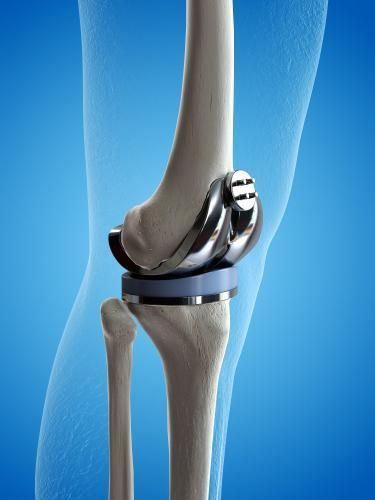Muscles aren’t male or female so why does there seem to be an idea that men and women should train differently?
Physiologically speaking all muscles, connective tissues, bones etc look and function the same way regardless of whose body they belong to. So, in that sense alone there is no sensible reason that a resistance training program for a woman should differ to that of a man. Studies have shown that when compared to their individual pretraining baselines, men and women respond to strength training in very similar ways and in fact when compared unit for unit, the muscle tissue of a female is similar in force output to that of a male.
In terms of muscle mass difference, women have roughly two thirds the muscle mass of men, so while generally absolute strength is greater in men due to their greater body mass and fat free mass there is no evidence to suggest that women should train differently than men.
With that being said, fitness is not and should not be a one-size-fits all approach, it’s not quite that simple. There are also some differences between men and women when it comes to a hormonal standpoint that can greatly impact the overall response (muscle adaptation) and ease of body composition changes. However, the idea behind programming resistance training for all genders is the same and when tailored to the individual in terms of loading, everyone is able to incorporate the same main lifts (i.e squats, deadlifts, lunges etc).
Strength and strength training is important and this preconceived idea that women should not be strength training or should be training differently to men leaves many women confused about what type of training they should be doing and worrying that lifting weights will cause them to ‘bulk up’, when on the contrary it is perfectly safe and recommended/encouraged for women to follow a strength training program just as men (provided programmes are relative to the individual in terms of loading). Ladies, you will not, I repeat will not ‘bulk up’. Not only will you become functionally strong and decrease the risk of injury, strength training also assists in building and preserving bone mass, lowering the risk of type 2 diabetes and cardiovascular disease and much more, with benefits like these why wouldn’t you want to start a strength program?

Katie McGrath
Exercise Scientist
References:
Hollowy, B.J., & Baechle, T.R. (1990). Strength Training for Female Athletes. Sports Medecine 9, 216-228
Ivey, F.M., et al. (2000). Effects of Strength Training and Detraining on Muscle Quality: Age and Gender Comparisons. Journal of Gerontology 55(3), 152-157
Kell, R.T. (2011). The Influence of Periodized Resistance Training on Strength Changes on Men and Women. Journal of Strength and Conditioning Research 25(3), 735-744




